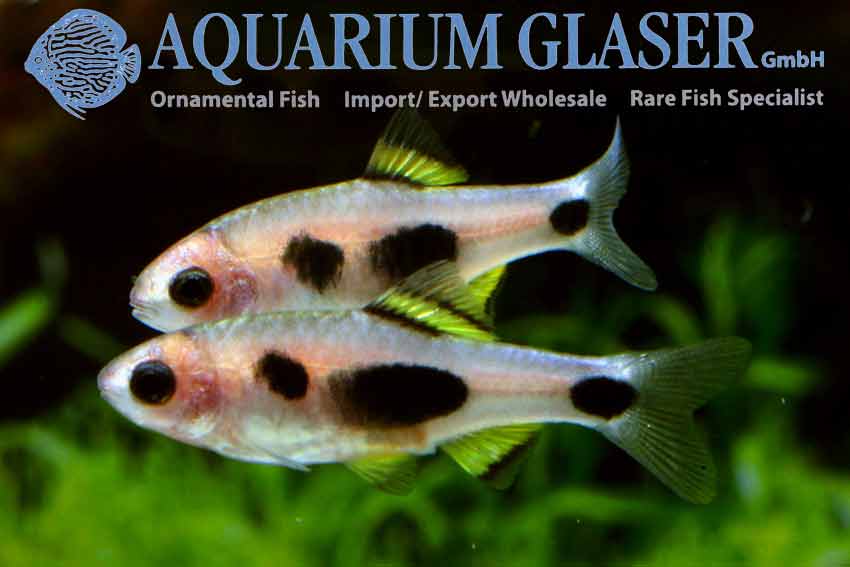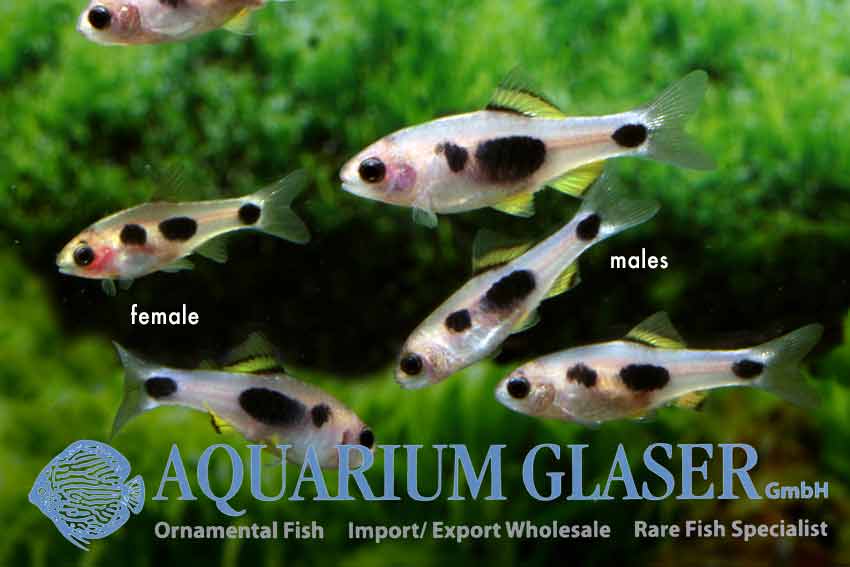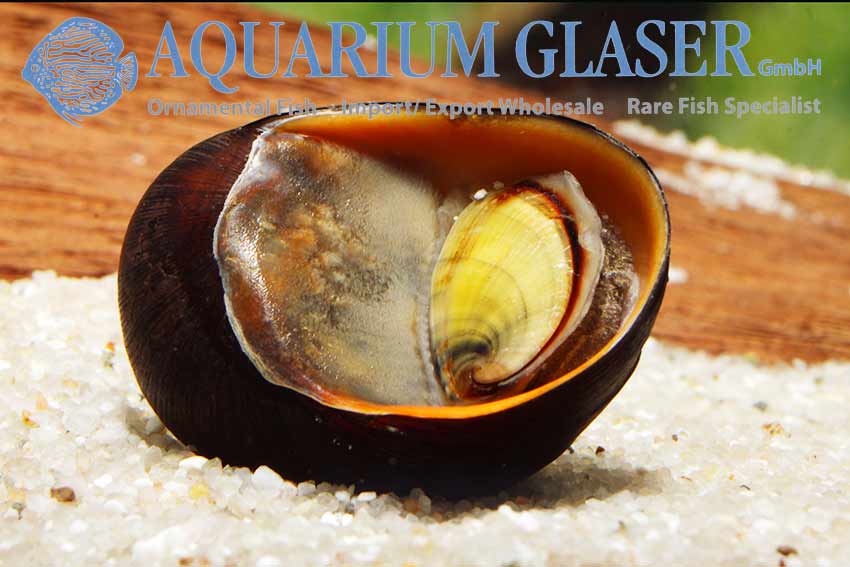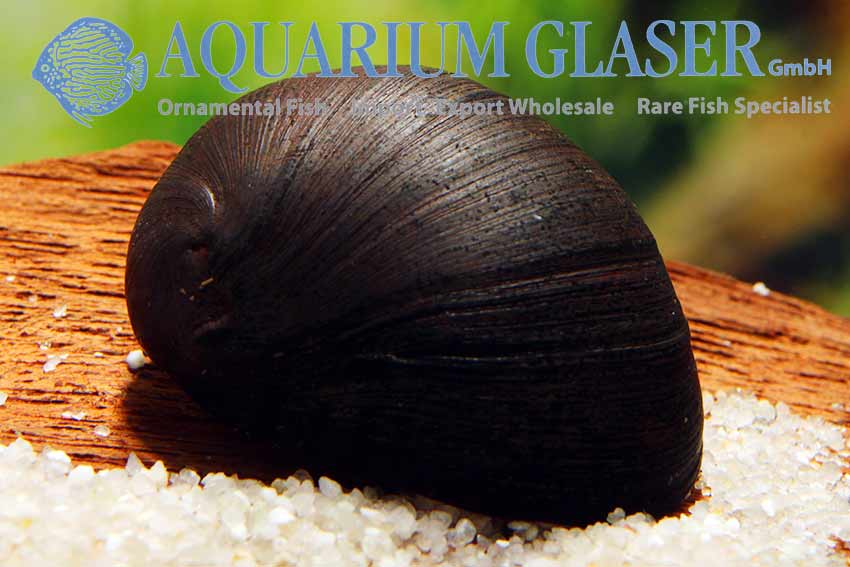



There is hardly a second species of loach that is as good suited for the home aquarium as Lepidocephalichthys guntea is. The species becomes usually 6-8 cm long, only in very rare occasions larger specimens up to 15 cm have been reported in literature. The animal has a huge distribution area over the north of India and the adjacent countries. Here it often has to live under conditions that can be survived only due to the ability to breath atmospheric air.
The fish are completely peaceful against conspecifics and all other species of fish. Plants are not affected, but should be well rooted, for the loaches dig a bit of course. The water temperature can lie between 16 and 30°C, this is the span that the fish have to face in nature, too. The water chemistry, eg hardness and pH are of almost no meaning. Any tap water the fits for human consumption is also suitable for keeping Lepidocephalichthys guntea.
The sexes can be distinguished best by view from top. Males look quite famished compared with the females and have comparatively larger pectoral fins. The coloration of Lepidocephalichthys guntea varies a lot and this fact led to numerous synonyms. The coloration is not sex-specific or population-specfic and also varies mood-dependent.
There are nor reports of a successful breeding known by us, but it should not very very difficult. It is recommended to try to initate a rainy season for breeding. This means to make large waterchanges with cool (18°C) and soft water after a period that simulates the dry season (no waterchange for some weeks at high temperatures).
All in all: what the Peppered Corydoras (Corydoras paleatus) is for community tanks with South American fish, can be Lepidocephalichthys guntea for community tanks with Asian fish: a very hardy, nice bottom dweller that feeds reliably on all left over food of its tankmates.
For our customers: the animals have code 424003 on our stocklist. Please note that we exclusively supply the wholesale trade.
Lexicon: Lepidocephalichthys: means “fish that looks like a Lepidocephalus”; Lepidocephalus is another genus of loach. guntea: after the vernacular name of the species in Bengal.
Suggestion of a common name: Panther loach
Text & photos: Frank Schäfer
| Angaben zum Tier |
| Herkunft |
Indien / India |
| Verfügbare Größe in cm |
6-8 |





























































 Currently we can offer a very odd species of catfish, namely Trachelyopterus fisheri. Initially this species of driftwood catfish orginates from Colombia where it is found in the system of the Rio Sucio. From that area only very occasionally importations appear. So we are quite happy that we have an adult wild collected male of this extraordinary species in stock.
Currently we can offer a very odd species of catfish, namely Trachelyopterus fisheri. Initially this species of driftwood catfish orginates from Colombia where it is found in the system of the Rio Sucio. From that area only very occasionally importations appear. So we are quite happy that we have an adult wild collected male of this extraordinary species in stock.



































































































































































































































































